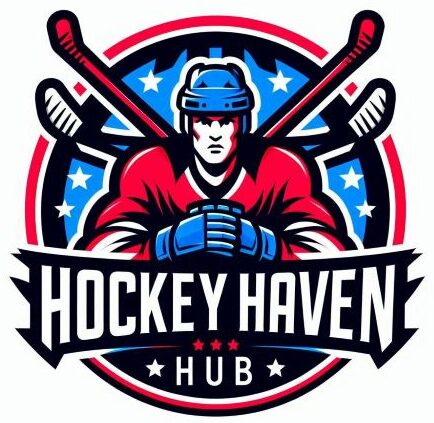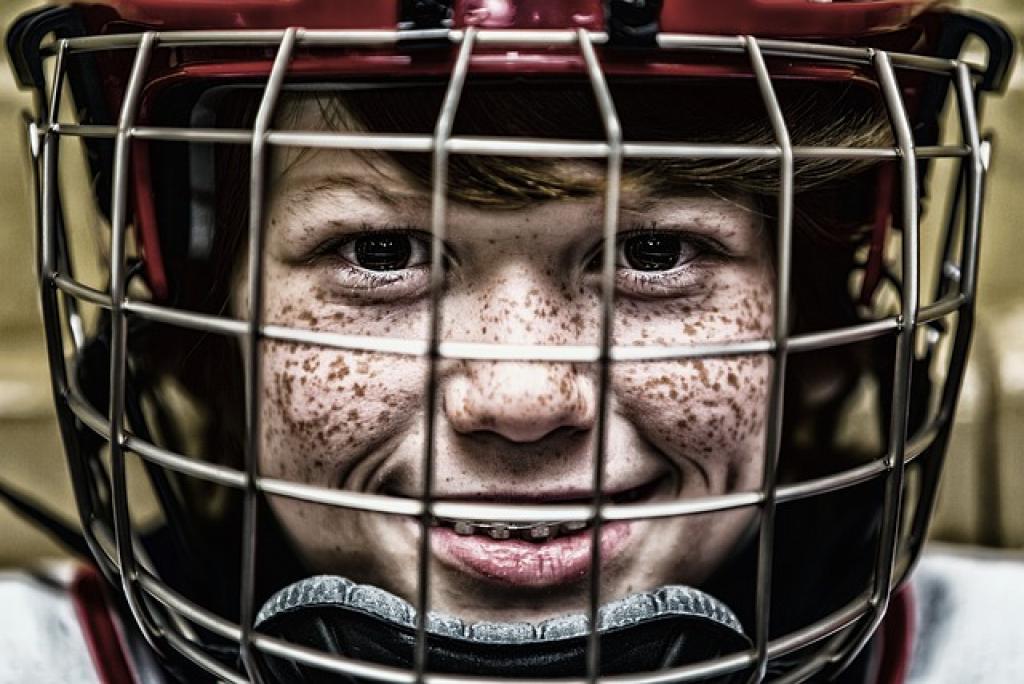Lace up your skates, grab your stick, and get ready to glide across the ice like a pro. Whether you’re stepping onto a rink for the first time or simply want to sharpen your skills, mastering the basics of hockey is your ticket to becoming a confident player.
Hockey might look like a whirlwind of fast-paced action, but at its core, it’s all about understanding the fundamentals. We’re talking about balance, control, and teamwork — essential skills that form the backbone of any great hockey player.
This guide will walk you through everything you need to know, from perfecting your skating technique to handling the puck with precision. So, if you’re ready to dive into the exhilarating world of hockey and come out swinging, stick around. With practice, patience, and a bit of passion, you’ll be well on your way to transforming from a rookie into a rink-side rockstar.
Understanding the Key Rules and Regulations of Hockey
To truly enjoy and excel in hockey, it’s crucial to wrap your head around the key rules and regulations that keep the game flowing and fair. Let’s break down some of the essentials that every budding player should know.
The Basics
Hockey games are played with six players on each team, including the goaltender. The aim? Score more goals than your opponents by shooting the puck into their net. Sounds simple, right? But there’s a lot more to it.
Offsides and Icing are two commonly encountered rules. An offside occurs when a player crosses the opponent’s blue line before the puck. Icing happens when the puck is shot across both the center red line and the opponent’s goal line without being touched.
Penalties
Keep a keen eye on penalties — breaking the rules can lead to time spent in the penalty box, giving the other team a power play advantage. Minor penalties get you two minutes off the ice for actions like tripping and hooking. Major infractions, like fighting, may earn longer timeouts.
By understanding these fundamental rules, you’ll not only play smarter but also enjoy the thrilling pace and rhythm of this incredible sport. So, study up, hit the ice, and play with both skill and respect for the game.
Essential Gear and Equipment Every Hockey Player Needs
When it comes to hitting the ice, having the right gear is as important as knowing the rules. Let’s gear up with the essentials every hockey player should have.
First up is a good pair of skates. These aren’t your regular figure skates; hockey skates are designed to provide speed and agility, helping you glide effortlessly and, well, stop on a dime.
Next on the list is a hockey stick. This is your primary tool on the ice for shooting, passing, and controlling the puck. Make sure it’s the right height—a stick that’s too long or short makes handling more difficult.
Protection is key in such a fast-paced and physical sport. That’s where helmets, pads, and gloves come into play. Helmets protect your head, while shoulder, elbow, and shin pads protect against falls and hits. Gloves are vital to protect your hands and help grip your stick.
Don’t forget the mouthguard and a quality cup for personal protection. Trust me, these little items make a huge difference in keeping you safe.
And of course, you’ll need a sturdy hockey bag to carry all your gear to the rink. Look for one with plenty of compartments to keep everything organized and easy to find.
With the right gear, you’re not only safe but also ready to play your best. So suit up, and let’s hit the ice with confidence!
Developing Fundamental Hockey Skills: Skating, Passing, and Shooting
Now that you’ve got your gear, it’s time to focus on developing those core skills that make a solid hockey player. Let’s dive into the basics of skating, passing, and shooting.
When it comes to skating, think of it as the heartbeat of hockey. The better you skate, the more effectively you can carry out any other move on the ice. Start with mastering the forward stride, stops, and turns. Remember, practice makes perfect and building confidence on skates is key to advancing all your skills.
Passing is about communication and precision. A good hockey player knows where their teammates are and passes the puck accurately. Work on both forehand and backhand passes, and always aim for quick, clean transfers to set your teammate up for success.
Finally, there’s shooting. Whether you’re taking a slap shot from the blue line or a quick wrist shot in close, accuracy is more critical than power. Take time to practice different shots, working on your aim and quick release to outsmart goalies.
Focusing on these fundamentals, with time and practice, will elevate your game and make you a valuable team player. So lace up, hit the rink, and let your skills shine!

Strategy and Positioning: Tactics for Success on the Ice
To truly excel in hockey, understanding strategy and positioning can make all the difference. It’s not just about individual skills but how you use them as part of a team.
Think of positioning as playing a game of chess on ice. Each player has a specific role: forwards aim to score, defensemen protect their zone, and goalies serve as the last line of defense. Knowing where you need to be on the ice and when is crucial for maintaining a strong team formation.
Offensive Strategies
When on the attack, your team should focus on creating opportunities. This means moving the puck quickly, creating spaces, and supporting your teammates. Cycling the puck and setting up plays can often lead to more scoring chances.
Defensively, it’s about keeping your zone under control. Stay aware of your opponent’s positioning and anticipate their plays. Communication with your goalie and fellow defenders can help block shots and intercept passes, breaking up the opponent’s momentum.
Remember, hockey is a dynamic game. Being adaptable to the flow of the game and the strategies of your opponents will help your team perform better. So get strategic, stay smart on your positioning, and watch your team dominate the ice!
Mental Preparation and Game Day Essentials
Success in hockey isn’t just about physical prowess; it’s also about mental strength. Preparing your mind for the game is just as crucial as honing your skills on the ice.
Visualize Success
Start your mental preparation by visualizing success. Imagine yourself executing key plays, making accurate passes, and contributing to your team’s victory. This mental rehearsal can boost your confidence and reduce pre-game jitters.
Stay focused and maintain a positive mindset. Whether it’s through deep breathing, listening to pump-up music, or adopting rituals that help you get in the zone, find what works best to keep your nerves at bay.
Game Day Checklist
Having a game day checklist ensures you’re ready from the puck drop. Check your gear, make sure it’s complete and properly fitted. Comfortable, well-maintained equipment helps you focus more on the game and less on distractions.
Nutrition and hydration play a huge role as well. Fueling your body with the right foods and staying hydrated will keep your energy levels up throughout the game. A balanced meal a few hours before the game and snacks if needed can work wonders.
Remember, mental preparation and game day essentials are your hidden assets—ones that can give you an edge over your competition. Embrace these practices, and you’ll be set to hit the ice at your best!
The Bottom Line: Tips for Continued Improvement and Enjoyment in Hockey
As we wrap up, let’s focus on how to keep evolving in hockey while enjoying every moment on the ice. The key to improvement is consistency. Regular practice, whether working on your slap shot or perfecting your skating technique, can dramatically impact your game. Remember, progress takes time, so celebrate the small victories along the way.
Additionally, maintaining physical fitness is crucial. Off-ice training can enhance your speed, agility, and strength, transferring those gains to your performance during games. A well-rounded fitness regimen will not only boost your skills but also help prevent injuries.
On top of that, don’t underestimate the power of watching the game. Analyzing professional matches can provide insights into positioning, strategy, and teamwork. Pick up on the patterns of play and see how you can incorporate those tactics into your own style.
Another essential aspect is staying curious and open to feedback. Whether from coaches or teammates, constructive criticism is invaluable. It can guide you to recognize areas needing improvement while reminding you that hockey is a continuous learning journey.
Finally, never lose sight of the fun. After all, hockey started as a passion, not a chore. Keep the joy alive by playing with friends or engaging in spontaneous stick-and-puck sessions. Balancing improvement with enjoyment ensures that your love for hockey remains strong.
So, take these tips to heart, and embrace hockey with enthusiasm and determination. Whether you’re aiming for personal goals or simply having a blast on the ice, remember there’s always room for growth and enjoyment in this fantastic sport.

